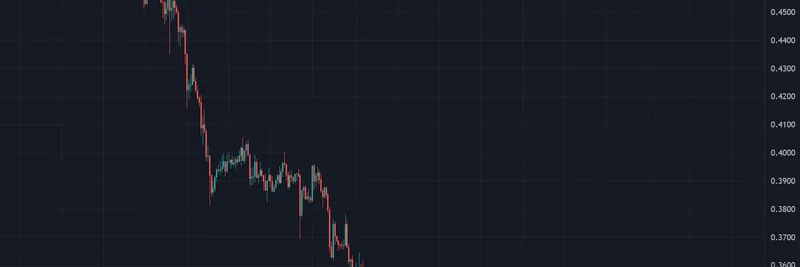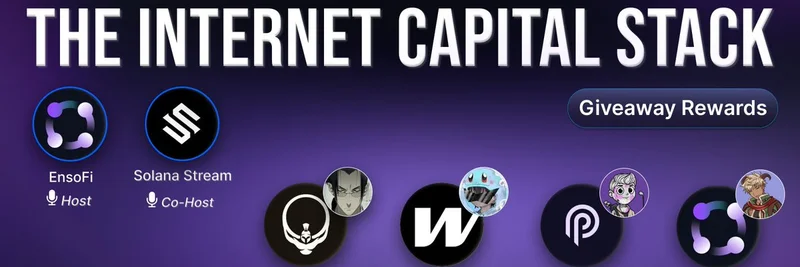Hey there, crypto enthusiasts! If you’ve been keeping an eye on the latest buzz in the blockchain world, you might have stumbled across a fascinating tweet from Jesse Pollak (@jessepollak), posted on August 10, 2025. As a key figure in the crypto space, Jesse dropped a mind-blowing insight about the "content coin → creator coin → $ZORA flywheel" and how it’s shaking up the game via liquidity pool pairing. Let’s break it down and explore what this means for creators, investors, and the future of meme tokens!
What’s the Zora Flywheel All About?
Imagine a system where the more people engage with a creator’s content, the more valuable their coins become—sounds like magic, right? That’s the essence of the Zora flywheel. Here’s how it works in simple terms:
- Content Coins: These are tokens tied to specific pieces of content (like a viral meme or a creator’s video). Fans buy these coins to support their favorite creators.
- Creator Coins: As content coins gain traction, they feed into a main "creator coin" that represents the overall value of that creator’s brand.
- $ZORA Pairing: The clever twist? These coins are paired with $ZORA (Zora’s native token) in liquidity pools, meaning every transaction boosts the $ZORA ecosystem.
Jesse points out that most people in the crypto Twitter (CT) community haven’t fully grasped this flywheel yet. But once they do, it could spark a revolution in how we think about digital ownership and rewards.
Why This Matters
This flywheel isn’t just a cool concept—it’s a game-changer for both creators and investors. For creators, it’s a way to monetize their work directly through fan engagement, bypassing traditional platforms. For investors, it’s a chance to get in early on tokens that could skyrocket as a creator’s popularity grows.
Take the example from Meme Insider, where we’ve seen how creators like @boldleonidas could leverage this model. With his daily comics and massive following, fans buying his content coins would naturally drive up the value of his creator coin—and by extension, $ZORA. It’s a win-win setup that Jesse calls "economic virality."
The Technical Magic: Liquidity Pool Pairing
Now, let’s get a bit technical (don’t worry, I’ll keep it light!). The flywheel gains its power from liquidity pools, which are like digital marketplaces where tokens are swapped. By pairing content and creator coins with $ZORA, every trade adds value to the ecosystem. This is made possible through smart contracts and platforms like Zora’s app, which Jesse references indirectly.
The beauty here is that it creates a self-sustaining loop. More content creation leads to more coin purchases, which increases $ZORA’s value, encouraging even more participation. It’s like a perpetual motion machine for the crypto economy!
Challenges to Watch Out For
Of course, it’s not all smooth sailing. One user, @Bindex_Base, raised a valid concern in the thread: if $ZORA faces sell pressure, it could drag content coins down too, making them volatile. This might scare off serious traders who prefer stability. Plus, with potential token unlocks on the horizon, the risk-reward balance could shift. It’s something to keep an eye on as the ecosystem evolves.
What’s Next for the Zora Flywheel?
Jesse’s tweet has sparked a lively discussion, with others like @QuigleyNFT suggesting similar models for tokens like $ROOM. The idea is catching on, and it could inspire a wave of new meme token projects. At Meme Insider, we’re excited to see how blockchain practitioners will experiment with this flywheel effect, blending humor, community, and economics.
So, are you ready to jump into this onchain revolution? Whether you’re a creator looking to tokenize your work or an investor hunting for the next big thing, the Zora flywheel is worth watching. Drop your thoughts in the comments—let’s chat about how this could shape the future of crypto!


